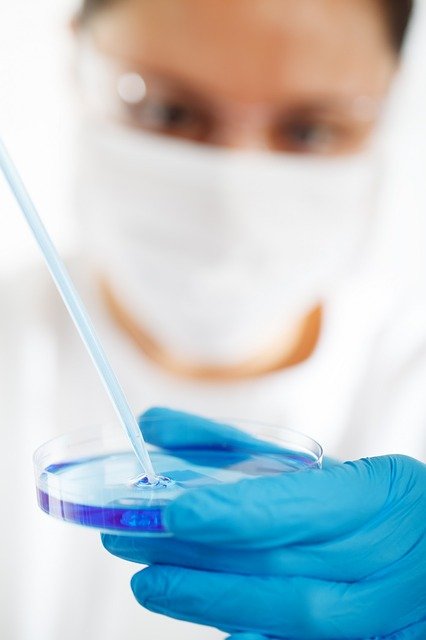
Bioconjugation is a chemical procedure that combines two or more biomolecules to form new molecules that can be used by antibody drug conjugate companies. In this site, we use the phrase ‘bioconjugation’ to refer to any chemical procedure that entails altering a biomolecule’s properties via conjugation, labelling, covalent modification, or immobilisation.
What are the main areas of concern when it comes to carrying out a bioconjugation reaction?
There are various factors to bear in mind while executing a bioconjugation reaction.
1) Accessibility of biopolymer functional groups:
Biopolymers are basically large molecules that have quaternary, tertiary, or secondary structures in their natural state. There are instances when some biopolymer functional groups may not be accessible to conversion agents. Modifications like changing the pH, adding salt, or detergent can be performed to unmask functional groups. Still, it is essential to ensure that your biopolymer isn’t denatured when put under those conditions.
2) Molar ratio of the reactants:
In a standard chemical reaction, the reactants’ molar ratio is generally a representation of the reaction’s stoichiometry. Therefore, in an easy combinatorial reaction where two components are to be coupled covalently, equimolar quantities of starting reagents would preferably be utilised. But when it comes to a biopolymer conjugation, the reactants’ molar ratio utilised largely depends on the starting materials’ availability and the desired extent of conjugation. For instance, in a reaction meant to manipulate a biopolymer by conjugating it with a smaller atom, the limiting factor is usually the starting biopolymer. You can utilise a large degree of the small molecule to push a reaction to conclusion.
3) Concentration of the reactants:
The majority of biomolecules naturally exist at considerably low concentrations; plus, commercial biomolecules are mostly available at low levels. Due to this, very higher reaction rate constants may be needed to achieve an effective reaction than with conventional organic synthesis. Concentrating your biomolecules before trying a bioconjugation reaction is usually useful if you want to improve the reaction rate.
4) Characterisation of a bioconjugation reaction:
Unlike a traditional organic reaction that involves analysing a small molecule, common characterisation methods like HPLC, NMR, IR, and TLC may not be effective for a biopolymer conjugation reaction. However, relatively smaller biopolymers like oligonucleotides and peptides can be checked by LC-MS and HPLC. Larger biopolymers like proteins can be checked by size exclusion column chromatography or size exclusion column chromatography.
5) Complexities of the reactions:
Alternatively to a traditional chemical reaction where the yield is considerable, the reaction is reproducible and the product is simple, when it comes to a biopolymer conjugation, the yield is usually low, products intricate (and often has several isoforms and products which include poly conjugated products). A certain reaction condition that functions well for one biopolymer may not necessarily be suitable for another identical biopolymer.
6) Characterisation of bioconjugates:
Gel electrophoresis is typically used to evaluate the purity of bioconjugates. There are times if the biopolymer isn’t too large, Mass Spectroscopy can be utilised to ascertain its molecular weight. But unless a single functional group was utilised for the conjugation process or there’s a crystal structure present, it may be hard knowing the precise conjugation site and the reactants’ molar ratio. As a result of this difficulty and intricacy, the effort needed to evaluate the purity and make-up of a bioconjugates largely depends on the rigour and requirements of the downstream research.